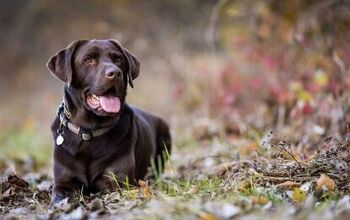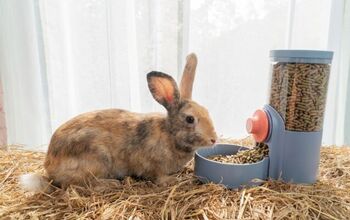Missing 80-Year-Old Woman Found Thanks to Her Loyal Dog
The dedication and loyalty shown by “man’s best friend” has been long documented, from tales of heroic police K9s protecting their handlers to dedicated service dogs. But a recent story out of Utah shows just how far a loving dog will go to keep their person safe.The Emery County Sheriff’s Office in east-central Utah received a report of a missing 80-year-old woman. The elderly woman from Colorado had been visiting family when she took the family dog for a walk and never returned. Even more concerning, the missing woman had dementia. Recognizing this was a high-risk situation, a search was quickly organized, including multiple rescue crews, Ralph Mitchell, a local neighbor and friend of the family, James Thomas, a K9 Officer with the Utah Department of Wildlife Resources, and his canine partner, K9 Kip. It was a multi-agency effort to locate the woman quickly. Temperatures in the area rose to nearly 100 degrees during the day and dropped to 55 degrees at night. The situation was dire. The hot daytime temperatures slowed the search, forcing the teams to work when it was safe at night. After searching continuously for two days and two nights, Thomas and K9 Kip heard a dog barking briefly around 3:30 AM. Listening carefully, they tried to follow the sound but were unable to find the dog before it stopped. Thomas wasn’t the only one who heard the barking—Mitchell heard it, too! “When I was out checking the outbuildings, I heard a dog bark, and it was brief,” Mitchell explained. “I was in a very good position to get a direction on where this dog bark was coming from.” While Mitchell wasn’t able to pinpoint the bark's exact location, he was able to determine an approximate zone. On day three, the search crews accessed security cameras in the area, scanning the footage for any sign of the woman. Much to their surprise, they spotted her walking with her dog, heading east. “It was the first evidence that we had of her presence, and it gave us a timeline of when she was out walking and how long she’d been missing,” Mitchell stated. Focusing their efforts on the area they had seen her walking toward, the searchers split up and covered as much ground as they could. Not long into the search, they heard the sound again—barking. This time, they were able to follow the barks over steep, rugged terrain that had already been ruled out as too challenging for a woman of her age. Against all odds, there she was. On day three, they found her lying, fast asleep, with her face down. Her dog, 5-year-old chocolate lab Elsie, was lying beside her, sounding the alarm with her barks to call for help. While the two were dirty and dehydrated, they were in surprisingly good shape. Elsie had shown her loyalty to the family, keeping the woman safe and calling for help. In fact, searchers credited the dog with saving the woman’s life. It was a happy ending and a beautiful example of the true power of the loving bond that exists between a dog and their person. Join the PetGuide community. Get the latest pet news and product recommendations by subscribing to our newsletter here.












